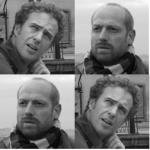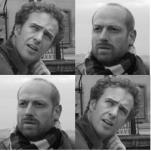 By: José María Díaz Nafría (Universidad de León, Spain; Munich University of Applied Sciences, Germany)
By: José María Díaz Nafría (Universidad de León, Spain; Munich University of Applied Sciences, Germany)
Published in: Emilia CURRÁS & Nuria LLORET (eds.) (2012), Systems Science and Collaborative Information Systems: Theories, Practices and New Research, pp. 37-70, Hershey PA: IGI Global publication.
Abstract: Making an incursion in the forest of problems and theories of information, beyond observing a lack of mutual understanding among information theorists, we find out that information can be understood as a multifaceted reality. The variety of theories is in itself a reflection of the complex nature of information. A systematic approach to these theories, looking for common and divergent understandings render– so to speak – a cubist picture of what information really is, showing for instance its multidimensionality. In other words, when we say there is information in cables and organisms, in antennas and societies, in robots and mental states, we do not have to be mistaken: information is considered in each case in different aspects.
Delving into the nature of observation, we will find a solid ground to pose information as a bridge between objects and subjects, therefore providing the possibility to overcome the inveterate segregation of the objectivist and subjectivist understandings. As we will see, such vision also provides the possibility to articulate an understanding of information in its multifaceted reality.
 Abstract:
Abstract: 


